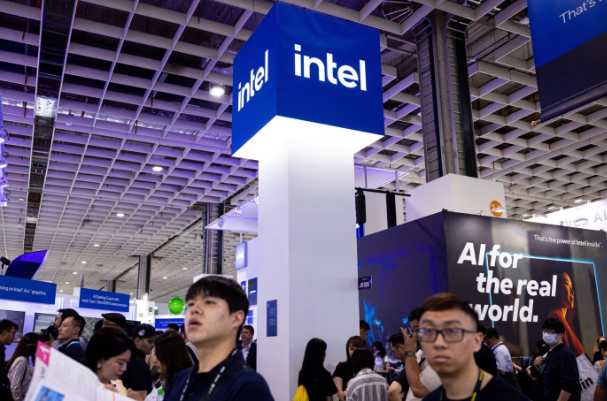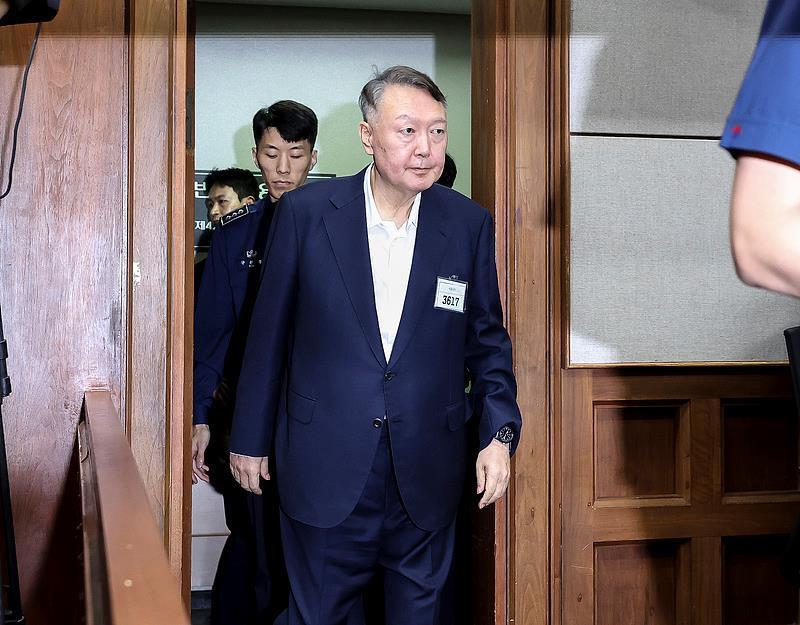
At a time when competition in the global chip industry is fierce, Intel is standing at a strategic crossroads that is vital to its survival. Recently, the chip giant announced a 15% layoff, involving about 15,000 employees, and canceled plans to build a new factory in Europe worth tens of billions of dollars, trying to reverse the continued downturn through radical self-help measures. This series of actions not only reflects Intel's multiple difficulties in technology, market and finance, but also indicates that it is trying to catch up with competitors such as Nvidia and TSMC in the global chip boom with a desperate attitude.
The root of Intel's predicament has been around for a long time. In the past few years, its dominance in the PC market has been continuously eroded by AMD's Ryzen series, and Apple's self-developed chips have completely lost its Mac orders; in the field of data centers and AI chips, Nvidia GPUs monopolize the market, and Intel's market share is negligible despite the launch of Ponte Vecchio GPUs. Financial data shows that Intel's net loss in the second quarter of 2024 reached 1.6 billion US dollars, and the six consecutive quarters of losses set a 35-year record, and the stock price is close to the historical low. The deeper crisis lies in the lag in manufacturing technology. TSMC has mass-produced 3nm process, while Intel's 7nm process is slow, resulting in high product costs and insufficient performance competitiveness. High costs and low profit margins force the company to lay off employees and reduce capital expenditures (down to US$25-27 billion in 2024) in exchange for breathing space. Layoffs and project cancellations are only superficial, and Intel's deep strategic reconstruction is more worthy of attention. CEO Pat Gelsinger bluntly stated that the company must "fundamentally change the way it operates" and focus resources on AI chips and advanced processes. On the one hand, Intel split its wafer foundry business into an independent subsidiary, Intel Foundry, trying to accelerate technological catch-up through flexible operations and external investment. On the other hand, the company abandoned the "build first, use later" capacity expansion model and instead drove investment based on market demand, suspended the Ohio factory and canceled projects in Germany and Poland, and poured funds into AI and core process research and development. In addition, the management level was reduced by 50% and the organizational structure was streamlined, aiming to break bureaucracy and speed up the decision-making process. The new CEO Chen Liwu emphasized that "every investment must conform to economic logic", reflecting Intel's survival philosophy of shifting from scale expansion to efficiency priority.
Despite its determination to transform, Intel still needs to cross two key thresholds. First, technological catch-up requires a race against time. TSMC and Samsung's process leadership have enabled them to dominate the high-end chip market. If Intel cannot achieve a breakthrough in the next generation of technology, it will be difficult to fundamentally reverse its product competitiveness. Secondly, the success of AI chips depends not only on hardware performance, but also on ecological construction. Nvidia CUDA's developer stickiness and AMD's ROCm ecosystem have set up barriers to the promotion of Intel's oneAPI. On the other hand, although Intel's bet on chip foundry business is highly anticipated, it still faces loss pressure in the short term. The foundry business will lose $7 billion in 2023 and is expected to be difficult to make a profit before 2030. How to balance short-term hemostasis and long-term investment has become a thorny proposition. In addition, although the US manufacturing repatriation policy provides policy dividends, whether it can be transformed into actual competitiveness remains to be seen.
Intel's radical transformation is a forced "natural selection". In the wave of digital economy, companies can only avoid being eliminated by the times by constantly innovating themselves. Although layoffs and cost cuts can ease financial pressure, the real turning point lies in the efficiency of technology iteration and strategic execution. If Intel can achieve breakthroughs in AI chips and process technology, and win developers and market share through ecological construction, it still has hope to reshape its former glory. On the contrary, if it continues to be trapped in technological lag and ecological weakness, its market share will be further eroded by competitors. The war in the chip industry has never stopped. Whether Intel can fight its way out under the shadow of Nvidia and TSMC is not only related to the fate of a company, but will also profoundly affect the pattern of the global semiconductor industry. This self-rescue action is destined to be full of thorns, but it also breeds the possibility of redefining the industry landscape.

The South Korean political arena has once again been embroiled in a public controversy over a judicial investigation that has shaken the entire nation.
The South Korean political arena has once again been embroi…
On the morning of December 29th local time, the precious me…
According to the US media Barchart, recently, the fluctuati…
On December 29th, Mar-a-Lago in Florida, USA, witnessed a h…
SoftBank Group announced on Monday that it has agreed to ac…
Recently, the US State Department issued a visa ban, adding…